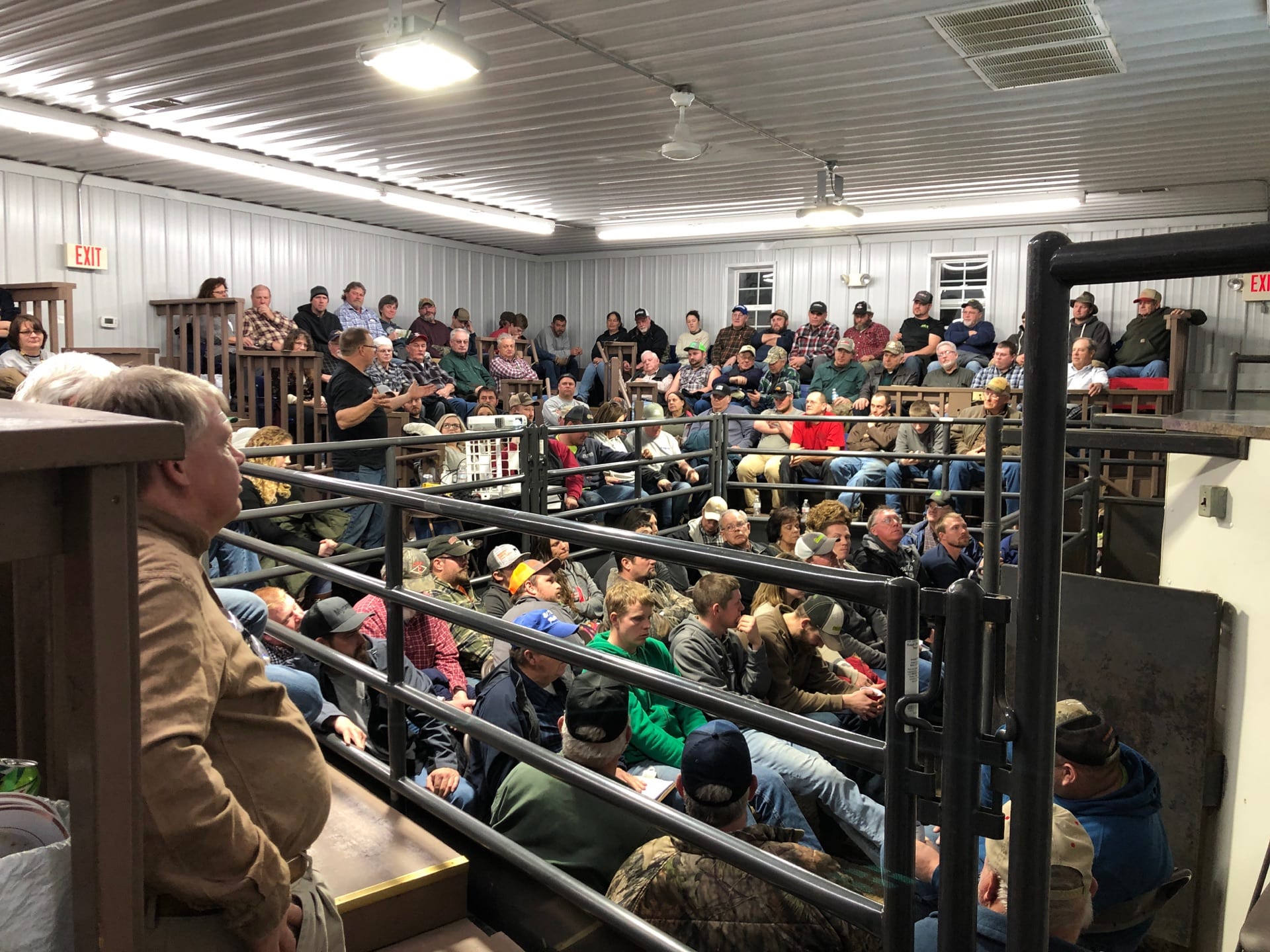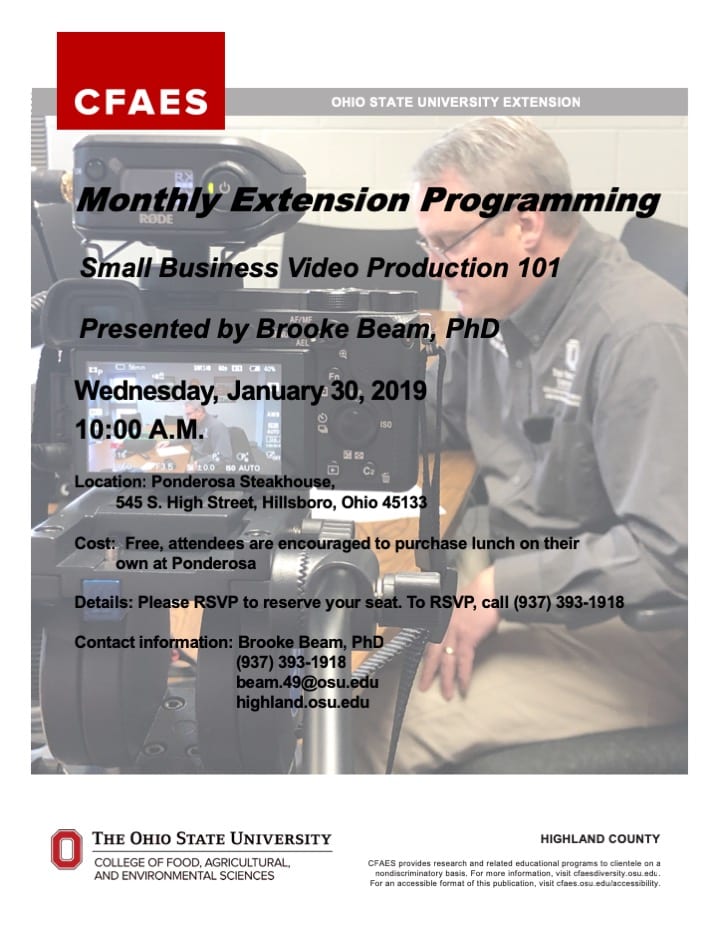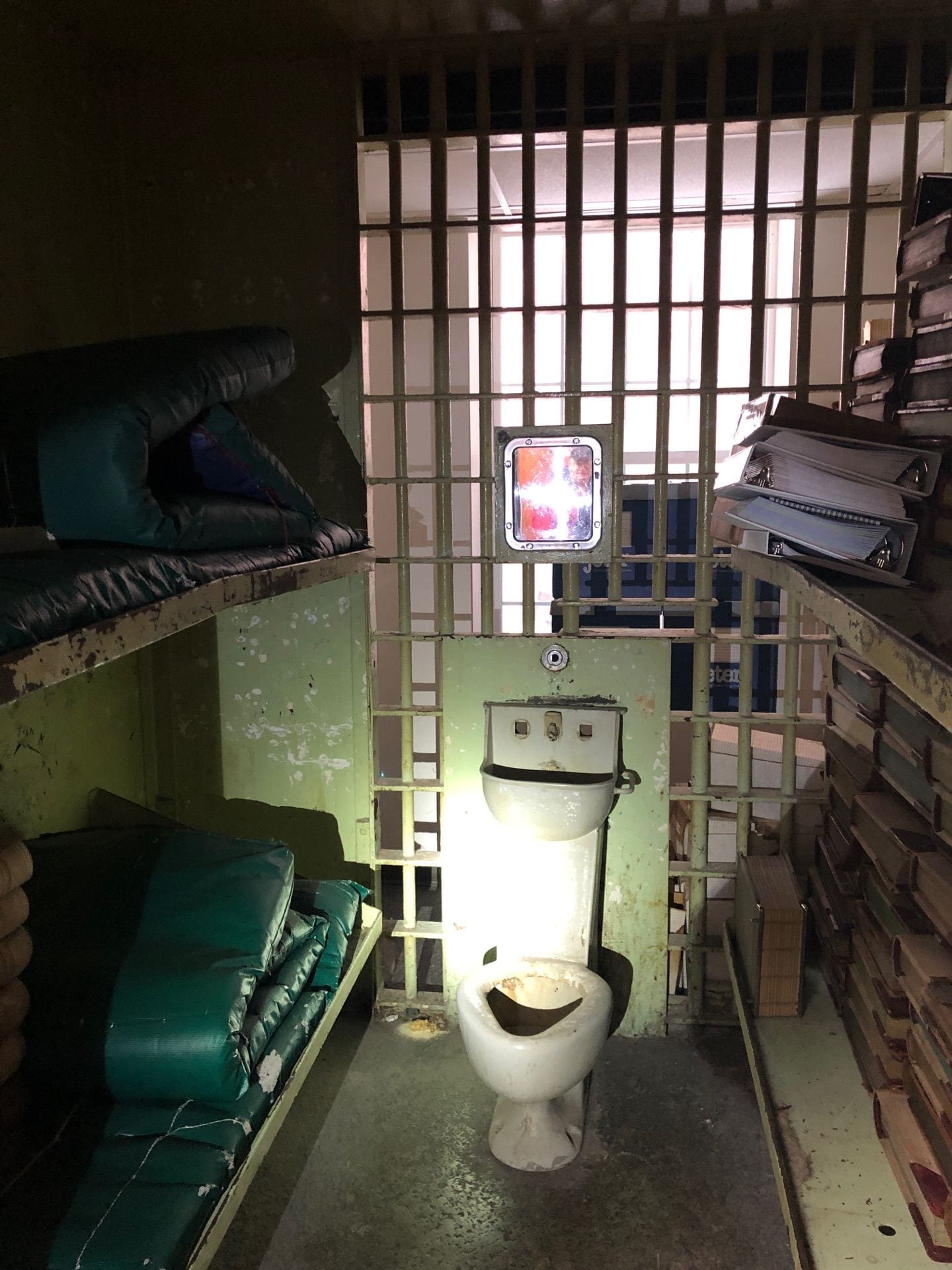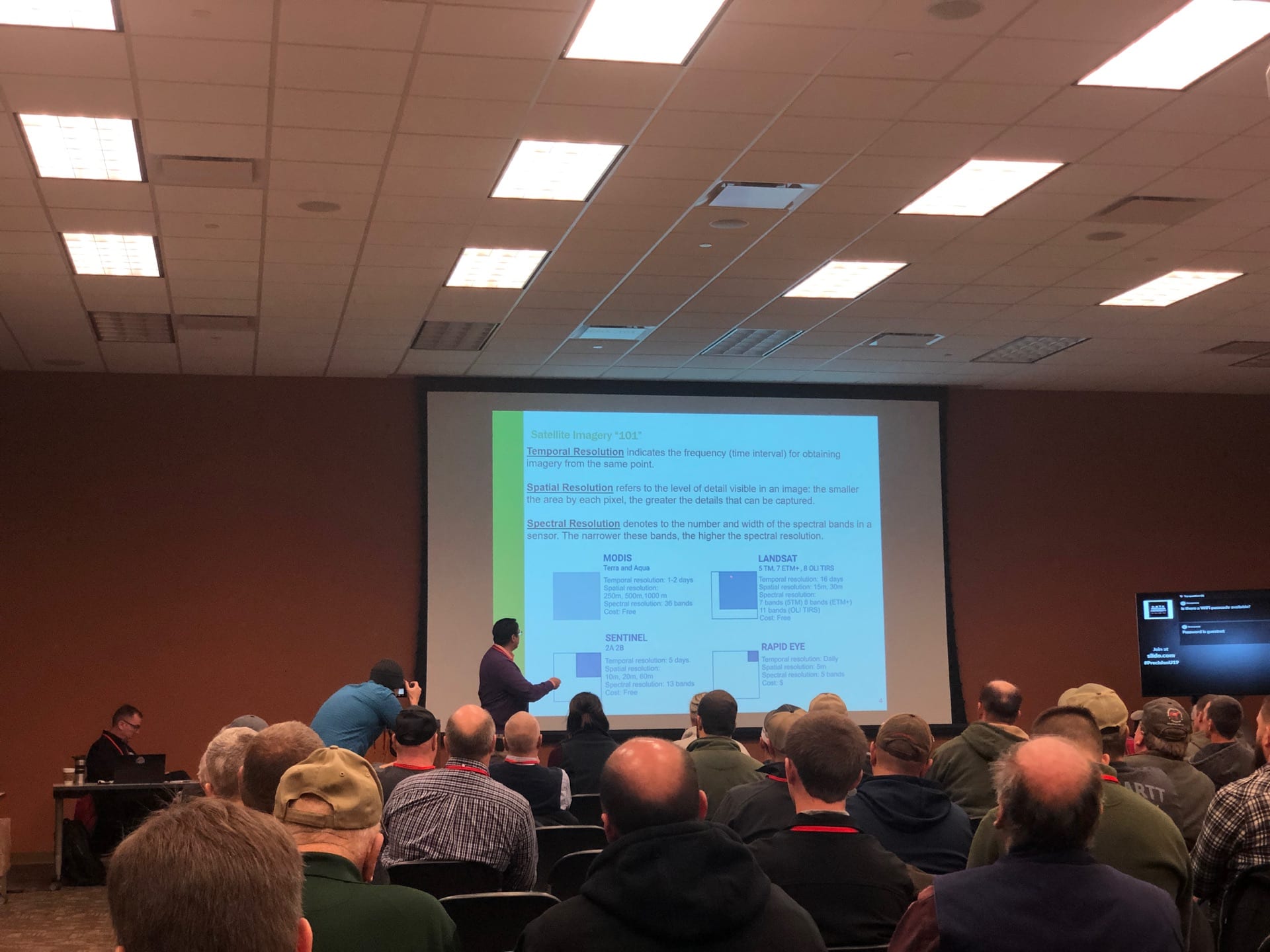Brooke Beam, PhD
Ohio State University Extension, Highland County
Agriculture and Natural Resources/Community Development Extension Educator
January 29, 2018
With the frigid temperatures this week, many individuals have been spending their time preparing for the negative temperatures. Farmers who have livestock outside have been particularly challenged with the fluctuation of temperatures and frozen water troughs. Diesel trucks, water lines, heat sources, and other items need to be checked to ensure that they are working properly and do not have issues due to the weather. No matter your profession, carbon monoxide is a danger everyone should be aware of this winter.
As an odorless and colorless gas, carbon monoxide can cause major issues during the winter months. Carbon monoxide is produced from burning fuel, which is more frequent during the winter months when we need our furnaces to heat our homes. Checking your home, vehicle, water heater, clothes dryer and other heat sources for carbon monoxide is an important step on your winter weather checklist to prevent illness and death.
According to the Centers for Disease Control and Prevention (CDC), “more than 400 Americans die from unintentional carbon monoxide poisoning not linked to fires, more than 20,000 visit the emergency room, and more than 4,000 are hospitalized” annually. According to the Mayo Clinic, symptoms of carbon monoxide poisoning include: headaches, weakness, dizziness, nausea, shortness of breath, confusion, blurred vision, and loss of consciousness.“ Carbon monoxide poisoning can be particularly dangerous for people who are sleeping or intoxicated. People may have irreversible brain damage or even die before anyone realizes there’s a problem,” according to Mayo Clinic staff.
One way to monitor carbon monoxide levels in your home is to install a battery-operated carbon monoxide detector. According to the CDC, it is recommended to change the battery when the time changes in the spring and fall, and to replace the detector every five years in order to have accurate readings. The detector will emit a high-pitched alarm if it detects carbon monoxide in your home. Having your heating system, water heater, and other fuel-burning appliances maintained and serviced annually are also good preventative measures.
The CDC provided several other preventative tactics to keep your home carbon monoxide free:
- “Never use a gas range or oven for heating. Using a gas range or oven for heating can cause a build up of carbon monoxide in your home, cabin, or camper.
- Never burn charcoal indoors. Burning charcoal – red, gray, black, or white – gives off carbon monoxide.
- Never use a portable gas camp stove indoors. Using a gas camp stove indoors can cause carbon monoxide to build up inside your home, cabin, or camper.
- Never use a generator inside your home, basement, or garage, or less than 20 feet from any window, door, or vent” (CDC, 2018, p. 1 & 2).
It is likely southern Ohio will have more days with cold, winter weather this year. Keep these safety tips outlined above in mind to keep you and your family healthy, safe, and warm this season.
Upcoming Events:
The next Monthly Extension Program will be held on Wednesday, January 30, 2019, at 10 AM at Ponderosa Steakhouse in Hillsboro, OH. The topic of this program will be on Small Business Video Production and will be presented by Brooke Beam. If you have a small business and would like to incorporate more videos into your marketing plans or you are interested in learning the basics of video production, this program is for you! If you have a camera or a mobile device, bring your camera equipment with you to participate as this will be a hands-on workshop.
On Tuesday, February 5, 2019, a live webinar of the 2019 Ohio Beef Cattle School will be held in the Large Meeting Room of 119 Governor Foraker Place, Hillsboro, OH. The program will begin at 7 P.M. The 2019 Ohio Beef Cattle School is free to attend, but RSVPs are required. The topic of the webinar is on the winter management of the cow herd to ensure a productive 2019. RSVP to the Highland County Extension Office at 937-393-1918 or via email to beam.49@osu.edu.
The Highland County Extension Office will be hosting a tour of the OSU Meat Lab in Columbus, Ohio, for those who are interested in beef and meat production on March 19, 2019. The tour will coincide with the meat class on campus, so attendees will be able to see the lab on a harvesting day. The tour will be held in the morning and space is limited. Please call the Highland County Extension Office at 937-393-1918 for additional information and to reserve your place for the tour.
Fertilizer and Pesticide Recertifications:
February 19, 2019
Ponderosa Banquet Center, 545 S. High Street, Hillsboro, Ohio 45133
5:00 pm to 6:00 pm Fertilizer Recertification – Private and Commercial
6:30 pm Pesticide Recertification (Core, 1, 2,3, 4, 5, 6) Private Applicators Only
March 4, 2018
Ponderosa Banquet Center, 545 S. High Street, Hillsboro, Ohio 45133
10:00 am to 11:00 am Fertilizer Recertification – Private and Commercial
11:30 am Pesticide Recertification (Core, 1, 2,3, 4, 5, 6) Private Applicators Only
Registration details will come in the mail from the Ohio Department of Agriculture. Registration for OSU Extension Pesticide and Fertilizer and your renewal application for ODA Pesticide/Fertilizer must both be completed. Meals will be included at each recertification training at Ponderosa.











